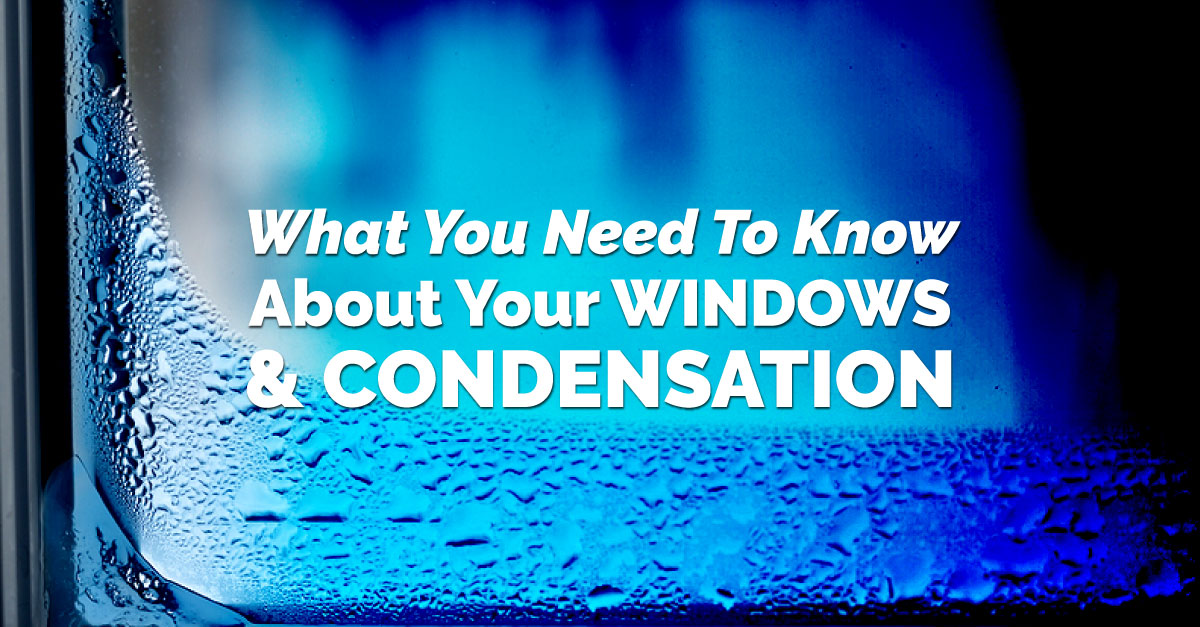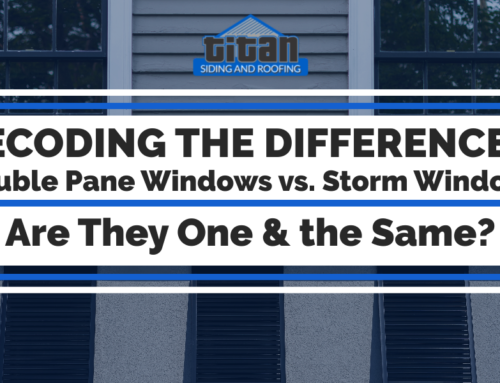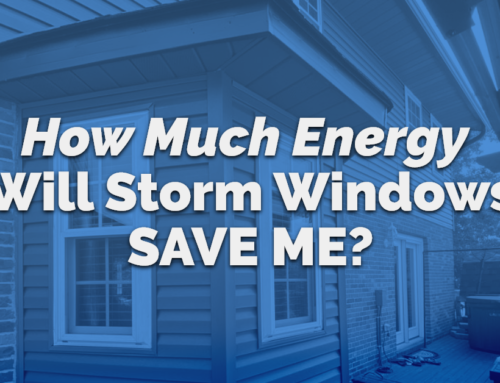Condensation on windows can be a pain for any homeowner. You wake up in the morning and you can’t see the outside, water drips to the bottom of the windows, curtains are wet, or even worse, your walls are getting moist and causing the paint to peel or mold to grow.
Condensation in windows often indicates your home has weak spots or thermal bridges in the insulated envelope. It may also indicate high humidity levels in your home.
When Condensation is Good: Condensation on the Outside of Windows
External condensation on windows is actually a good thing. It’s a result of the temperature difference between the inside and the outside of your home – when the outside temperature is warmer and more humid than the temperature of window panes.
Outside condensation indicates your windows are doing their job by preventing heat transfer. So, if you notice fogging on your window exterior, it should not be a cause for alarm – your windows are simply insulating your home. You can easily wipe away the condensation from the outside or simply wait for it to aerate and disappear as the sun rises.
When Condensation is Bad: Condensation Inside of Windows
If fogging forms on the inside of your windows, you should pay close attention. While steam from your shower and stove could be the cause of interior condensation, it could also indicate high humidity levels in your home due to ventilation problems.
If your home is poorly ventilated, moisture from your body, stoves, and hot showers can accumulate in the air and condense on your windows. This is a huge problem as it creates a favorable breeding ground for mold and mildew, exposing your family to a myriad of health issues.
Additionally, the excessive moisture can condense and drip down your walls and carpet, causing your home to deteriorate faster. Moisture can cause wood to rot and metal to rust, compromising the structural integrity of your home.
Also note if the interior condensation is only occurring on select windows, it is possibly an issue with drafts. If moist air comes into your home around a specific window, the condensation will first appear on that window. You’ll need to check for air leaks around it and call a professional to reseal or replace it.
The worst-case scenario is when condensation occurs between the panes of your window. Double-and triple-paned windows are designed for insulation and come with an insulating gas between the window panes. The appearance of condensation between window panes indicates compromised insulation and should call for replacement.
How to Reduce Window Condensation
The presence of condensation on the interior of your home can be eliminated by one of the following measures:
- Buy a dehumidifier: If condensation is especially thick and common in winter months, consider purchasing a dehumidifier.
- Turn off your humidifier: If you often use a humidifier in your living environment, consider turning it off during cold days.
- Use your fans: Run your fans whenever you cook or take a hot shower.
- Aerate your home: If the outdoor temperatures aren’t too cold, you can consider opening your windows for a few minutes to release steamy indoor air.
Call Titan Siding and Roofing about Your Windows
Investing in new replacement windows is a unique opportunity to improve your home’s energy efficiency, curb appeal, and security, all at once. Titan Siding and Roofing provides high-quality replacement windows for homeowners in the Greater Cincinnati area. Contact us today for any windows-related issues or to get a quote.






